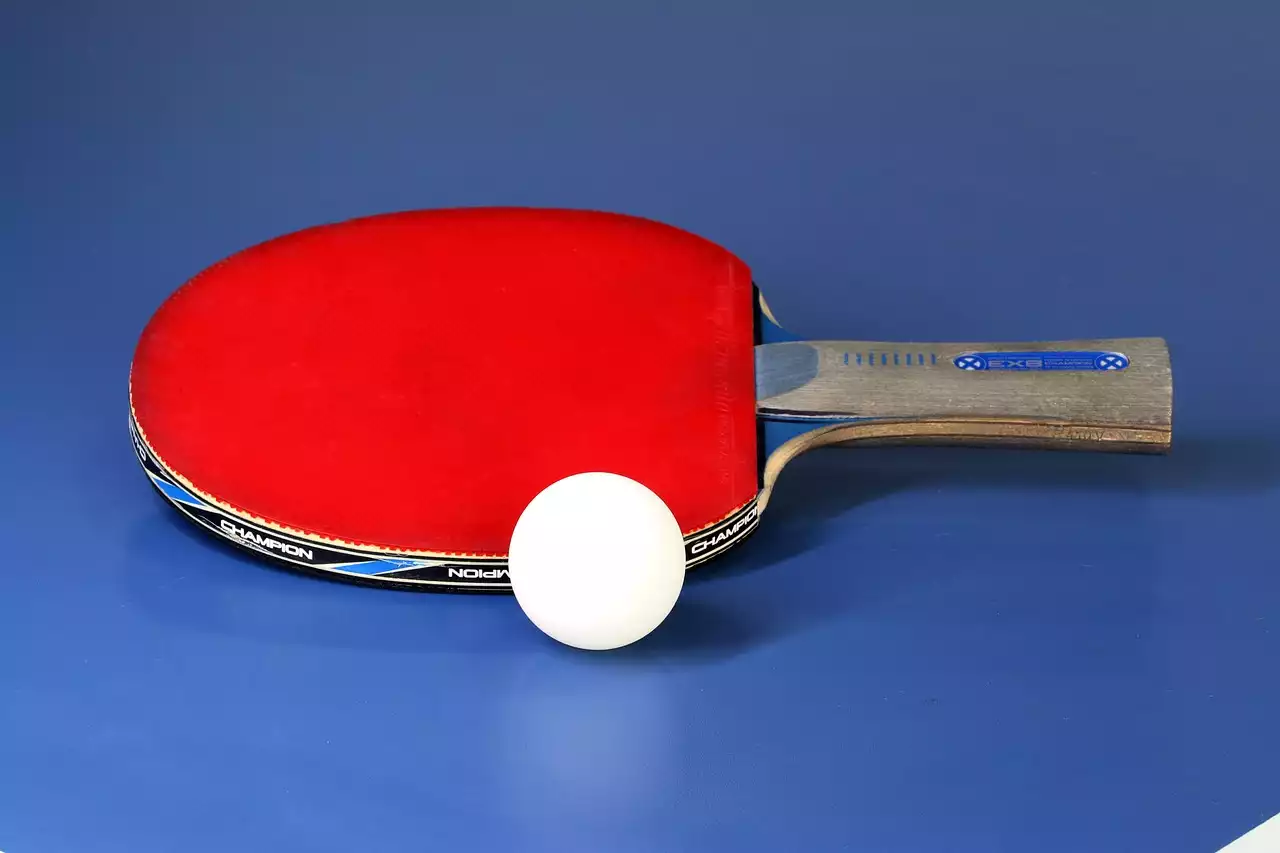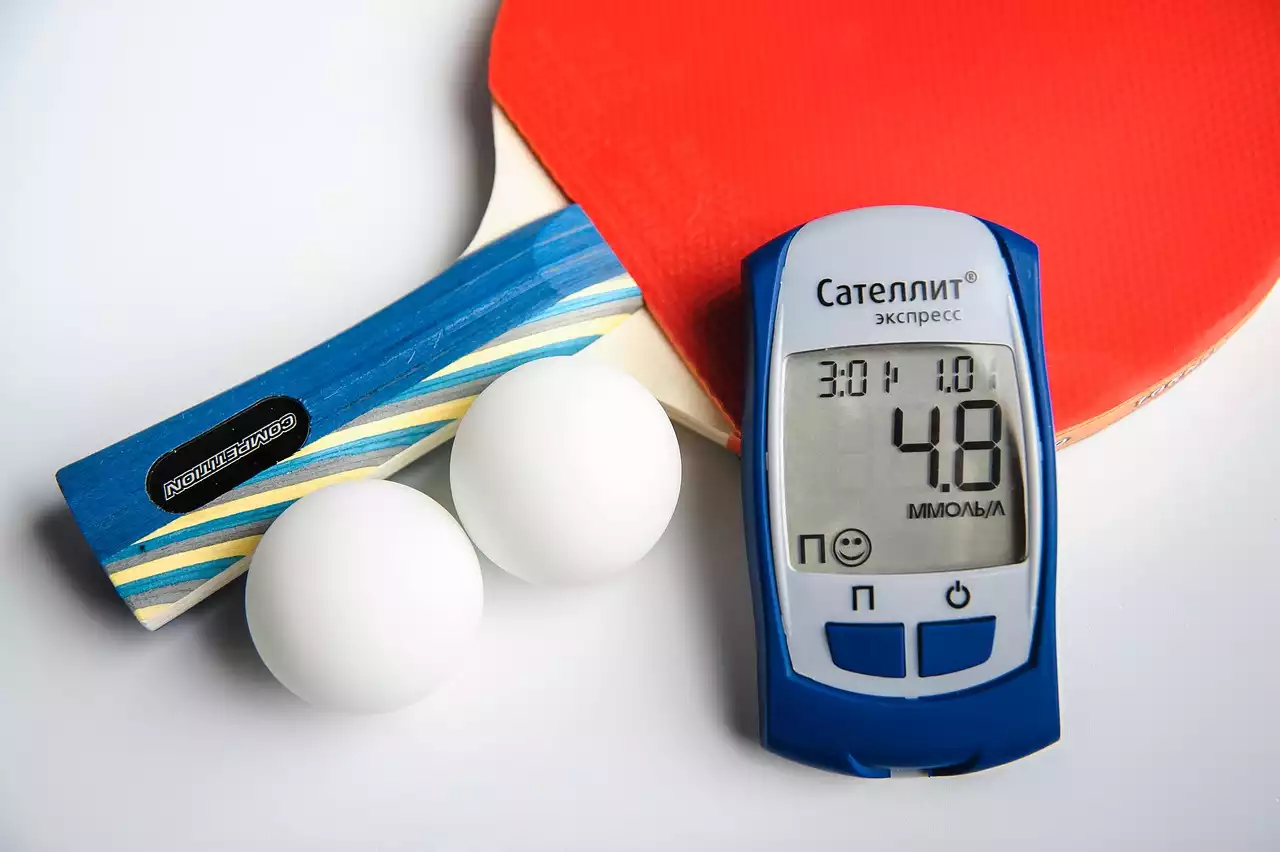Importance of mastering table tennis techniques
Table tennis is a sport that requires precision, agility, and strategy. While it may seem like a simple game, mastering the techniques is crucial if you want to excel. One of the most important aspects of table tennis is spin. Spin can make or break a shot, and understanding how to use it effectively can give you a significant advantage over your opponents.
By mastering spin techniques, you can control the trajectory, speed, and direction of the ball, making it more difficult for your opponent to return. Whether you're playing a defensive or offensive game, being able to apply spin to your shots will give you the upper hand. It allows you to vary the pace, create unpredictable angles, and force errors from your opponent.
Basic table tennis techniques
Before diving into the world of spin, it's essential to have a solid foundation in the basic table tennis techniques. These techniques form the building blocks for more advanced play and are crucial for consistent performance.
1. Grip: The grip is the foundation of your strokes. There are different types of grips, such as the shakehand grip and the penhold grip. Experiment with different grips to find the one that feels most comfortable for you.
2. Stance: A good stance is essential for balance and mobility. Keep your feet shoulder-width apart, knees slightly bent, and weight evenly distributed. This will allow you to move quickly and react to your opponent's shots.
3. Footwork: Quick, efficient footwork is crucial in table tennis. Practice moving side to side, forward and backward, and diagonally to ensure you can reach the ball in time and maintain good positioning.
Advanced table tennis techniques
Once you have a solid foundation in the basic techniques, it's time to level up your game with advanced table tennis techniques. These techniques require more practice and finesse but can make a significant difference in your performance.
1. Serve: The serve is your opportunity to start the rally and set the tone of the game. Learn different types of serves, such as the backspin serve, topspin serve, and sidespin serve, to keep your opponent guessing and off balance.
2. Return of serve: A good return of serve can put your opponent on the defensive right from the start. Practice reading your opponent's serve and returning it with spin or placement to gain the upper hand.
3. Loop shots: Loop shots are powerful offensive shots that require a combination of topspin and forward motion. Mastering the loop shot will allow you to generate more power and spin in your attacks.
Spin techniques in table tennis
Spin is the secret weapon in table tennis. It adds an extra layer of complexity to your shots and can give you a significant advantage over your opponent. Understanding the different types of spin and how to apply them is crucial for mastering the art of table tennis.
Topsin technique
Topsin is one of the most commonly used spin techniques in table tennis. It involves brushing the ball with an upward motion, causing it to spin forward and downward when it lands on the opponent's side of the table. Topsin shots are great for attacking, as they generate a lot of speed and dip, making it difficult for your opponent to return the ball effectively.
To execute a topspin shot, start with a closed racket angle and brush the ball upward with a quick and smooth motion. Follow through with your stroke and transfer your weight from your back foot to your front foot. Practice topspin shots from different positions on the table to improve your control and consistency.
Backspin technique
Backspin, also known as underspin, is the opposite of topspin. It involves brushing the ball with a downward motion, causing it to spin backward and upward when it lands on the opponent's side of the table. Backspin shots are great for defensive play, as they slow down the ball and make it more challenging for your opponent to attack.
To execute a backspin shot, start with an open racket angle and brush the ball downward with a smooth and controlled motion. Maintain a relaxed grip and let the racket do the work. Focus on the timing and contact point to vary the amount of backspin you generate.
Sidespin technique
Sidespin, as the name suggests, involves spinning the ball to the side. It can be used to create angles and deceive your opponent. Sidespin shots can be particularly effective when combined with topspin or backspin, as they add an extra element of unpredictability.
To execute a sidespin shot, brush the ball sideways while maintaining a closed or open racket angle, depending on the desired spin direction. Practice varying the amount of sidespin you generate to keep your opponent guessing.
Combination spin techniques
Once you have mastered the individual spin techniques, it's time to explore the world of combination spins. Combination spin shots involve using a combination of topspin, backspin, and sidespin to create even more unpredictable shots.
Experiment with different combinations to see how the ball reacts and how it affects your opponent's ability to return the shot. Develop your own signature combination spin shots that suit your playing style and keep your opponents on their toes.
Strategies for using spin techniques
Now that you have a solid understanding of the different spin techniques, it's essential to develop strategies for using them effectively. Here are some tips to help you maximize the impact of your spins:
1. Placement: Use spin to control the placement of your shots. By placing the ball strategically, you can force your opponent into difficult positions and open up opportunities for attack.
2. Variation: Vary the amount of spin you apply to your shots. By mixing up the spin, speed, and placement, you can keep your opponent guessing and disrupt their rhythm.
3. Timing: Timing is crucial when using spin techniques. Practice your timing to ensure you make contact with the ball at the right moment to generate maximum spin.
4. Anticipation: Anticipate your opponent's shots and adjust your spin accordingly. By reading your opponent's body language and racket angle, you can anticipate the type of shot they will play and adjust your spin to counter it effectively.
Practice drills for mastering spin techniques
To truly master spin techniques, consistent practice is essential. Here are some drills you can incorporate into your training routine to improve your spin game:
1. Spin serve practice: Set up targets on the other side of the table and practice serving with different spins. Aim to hit the targets consistently and vary the spin and placement of your serves.
2. Spin control exercises: Practice rallying with a partner and focus on controlling the spin of the ball. Start with simple topspin and backspin shots and gradually increase the complexity by adding sidespin and combination spins.
3. Spin variation drills: Set up a series of balls with different spins and practice returning them with the appropriate spin. This will help you develop your ability to read and adapt to different types of spin.
Common mistakes to avoid when using spin techniques
While spin techniques can be highly effective, there are some common mistakes that players make when using them. Avoiding these mistakes will help you use spin techniques more efficiently and avoid unnecessary errors:
1. Overuse of spin: Using too much spin can make your shots predictable and easier to read. Mix up your shots and vary the amount of spin to keep your opponent guessing.
2. Lack of consistency: Consistency is key when using spin techniques. Practice your shots until you can execute them consistently and accurately.
3. Poor footwork: Footwork is crucial in table tennis, especially when using spin techniques. Ensure you are in the right position and maintain good balance to execute your shots effectively.
Equipment and setup for spin techniques
To optimize your spin game, it's important to choose the right equipment and set up your table tennis bat correctly. Here are some factors to consider:
1. Rubber: Choose a rubber with good grip and spin potential. There are different types of rubbers available, such as sticky rubbers and tensor rubbers, each with its own advantages and disadvantages. Experiment with different rubbers to find the one that suits your playing style.
2. Blade: The blade is the foundation of your table tennis bat. Choose a blade that provides good control and allows you to generate spin. Consider factors such as weight, handle shape, and speed to find the right blade for you.
3. Setup: Set up your racket with the rubber on both sides to maximize your spin potential. The type of rubber you choose and the thickness can affect the amount of spin you generate.










